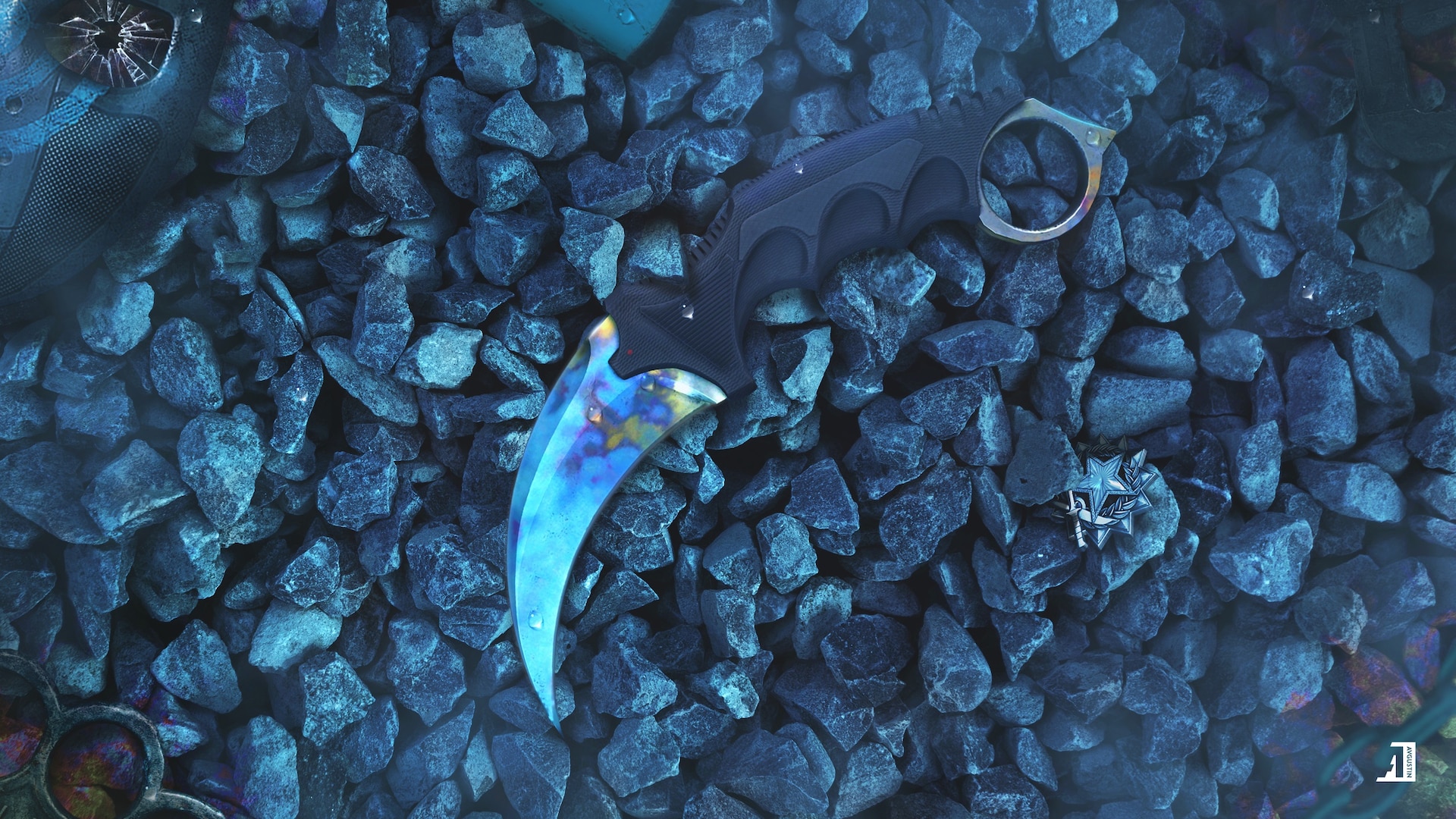

Essentially, it’s best to aim for a setup where FPS is always above the monitor refresh rate. … With a 144hz monitor, there is a difference when frame rate drops to 100. Previously, I would normally get around 100 FPS, which for 60Hz is meh/OK. … If you already have 12GB RAM on your computer then increasing it to 16GB or even 32GB won’t increase the FPS of the game anymore. This will actually have no effect in FPS. If you already have the recommended amount of RAM to run a particular game then getting more RAM won’t increase the FPS. This will hurt performance tremendously as the HDD/SSD is several times slower than system RAM. What’s happening most likely is that the system+game is using ALL 8GB of RAM, PLUS, 2GB of virtual ram on your hard drive/SSD. … In these games, there’s just so much to see that even if you use an SSD, it would take a very long time to load all of it up at once. What about in-game performance, like FPS? While the loading screen speed boost is obvious for an SSD, the other side of the coin is equally as important. Is 120 fps good for gaming? 120fps support is a huge plus in competitive games where a split-second action can make all the difference, and running games at a higher framerate also makes games look incredibly smooth in motion, which can help offset motion sickness and will generally make games look cleaner overall.

You can pretty much max out everything in Counter-Strike: Global Offensive and get premier performance at well over 60 FPS. So to answer you question, the ideal fps for CSGO at lower ranks below MG is about 60 fps but above that you want about 120 fps and above. However Is 40 fps good for CSGO? I would recommend getting at least 144 Hz or anything close to that would be sufficient. … On the flip side, if you have a low amount of memory (say, 4GB-8GB), adding more RAM will increase your FPS in games that utilize more RAM than you previously had. … Without the necessary power, frame-rate plummets, leaving players exposed in more ways than one, making a powerful rig increasingly important, Gilbert explained.Īnd, the answer to that is: in some scenarios and depending on how much RAM you have, yes, adding more RAM could increase your FPS. While standard rigs usually strive for 60 frames per second (fps), Gilbert asserts that top-level players require a frame-rate well over 200 fps. The world looks beautiful and you are quite effective in multilayer (of course, if you can play CS:GO well) 100-300 FPS – very good performance, excellent graphics and flawless synchronization with the server.


 0 kommentar(er)
0 kommentar(er)
